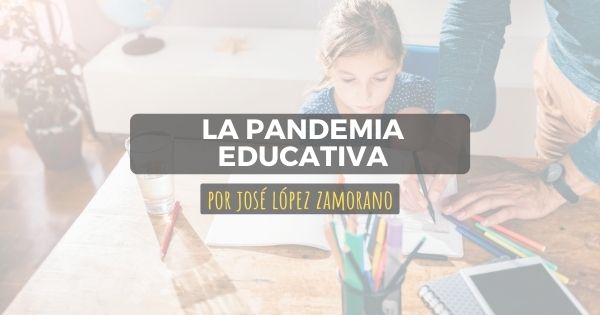For a sector of the United States population, the COVID-19 pandemic has represented a transformation in their working lives. The border between personal and professional life has been blurred, and in many areas of the economy, high-speed Internet connectivity has made it possible to maintain and even increase productivity remotely, through a new scheme of virtual collaboration in real time, literally 24 hours a day.
But the pandemic has exposed – and deepened – a chronic illness that affects millions of students across the country, manifested in disparities in access to knowledge through the Internet and disproportionately affecting rural communities, from low income and Hispanic and African-American minorities.
In the same way that the Coronavirus has caused the greatest havoc among the Latino and African-American communities – largely because they represent the largest proportion of essential workers who risk their lives every day – the connectivity gap threatens to widen inequality for the most vulnerable segments of the country.
Since before the pandemic, the connectivity gap affected the ability of students to complete their homework and educational assignments on a daily basis. In the wake of the new normal of the COVID-19 era, the immediate prospect is a widening of that gap, as much of the educational content will be delivered remotely.
A study by the Pew Research Center shows that 15% of American households with school-age children lack high-speed Internet connectivity at home, according to 2018 data. The problem is most acute among school-age children from low-income households. This is because about 35% of those households with children between 6 and 17 years old, with an annual income below $ 30,000 a year, do not have high-speed Internet connectivity at home, compared to only 6 % of households with incomes greater than $ 75,000 per year.
Worse still, according to the same study, 25% of households with incomes below $ 30,000 a year even lack access to a computer at home, compared with just 4% of those households with incomes above $75,000.
Among Hispanic teens, the survey showed that 18% of them said they did not have access to a computer at home, compared with 9% of non-Hispanic white teens and 11% of African-American teens.
If the COVID-19 pandemic is a national health emergency, the widening connectivity gap threatens to condemn a generation of Hispanic, African-American, poor or rural children to stagnation in their social and educational mobility.
With or without a vaccine for COVID, the need for connectivity it is too serious and big a problem to be solved by the government alone. It demands the urgent attention of the private sector and society at large, and deserves to be a central topic in the national conversation of the election year.
For more information visit www.laredhispana.com.






